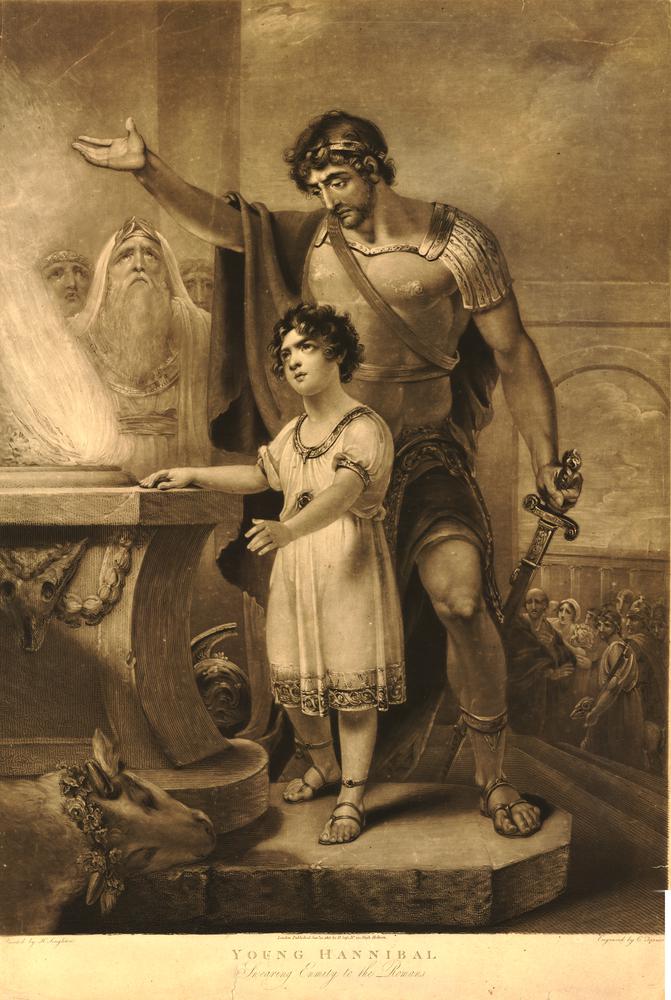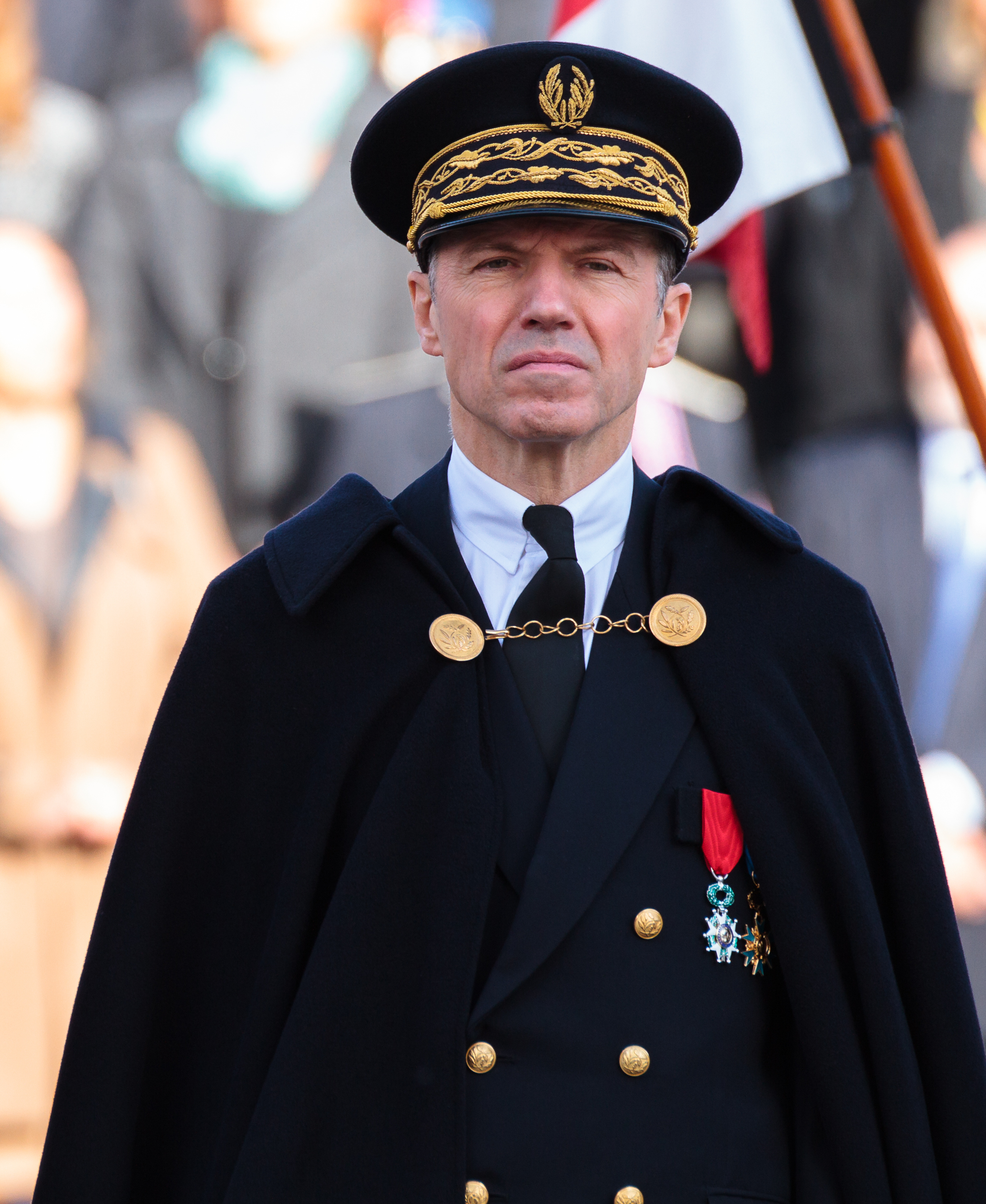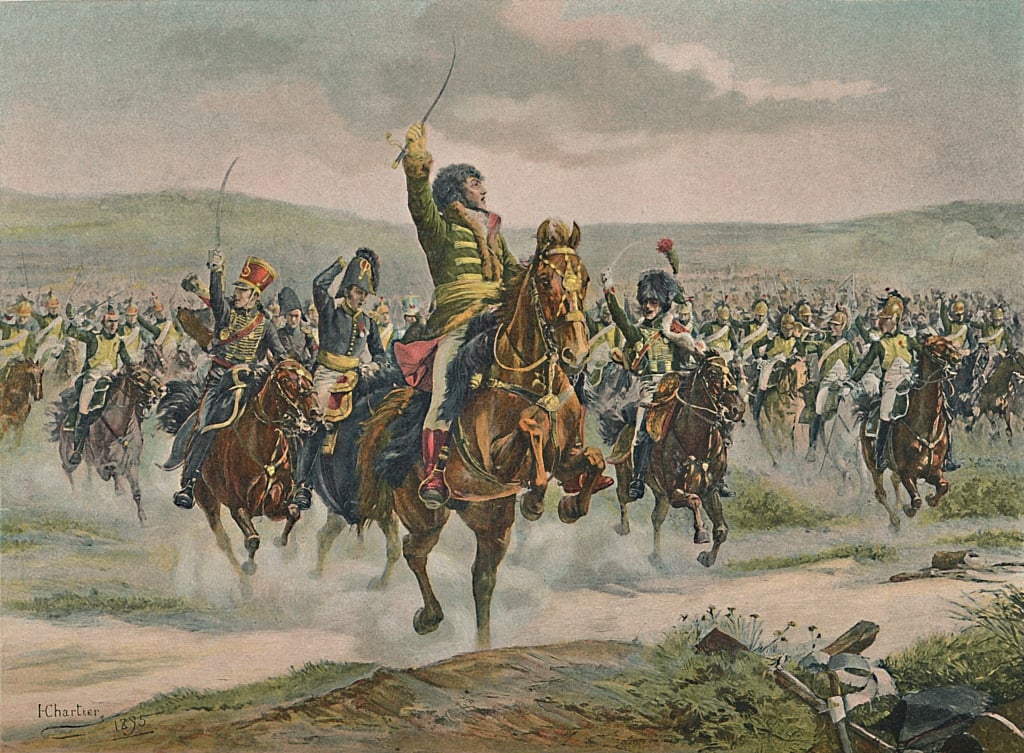|
Antoine Marie Roederer
Antoine-Marie Roederer (14 May 1782 - 15 March 1865) was a French administrator and writer who served as Trasimène, Prefect of Trasimène under the First French Empire and was made a Peer of France by Louis-Philippe in 1845. In the Nobility of the First French Empire Roederer was created a Baron by Napoleon. Biography The son of Pierre Louis Roederer and his wife Ève Régine Louise Walburge de Guaita, Antoine-Marie was born on 14 May 1782 in Metz, where his father was a councillor to the parlement. Elected to the Estates General (France), Estates General of 1789 in 1789,Pierre Louis Roederer played a prominent role during the Revolution and was an ally and supporter of Napoleon Bonaparte in the 18 Brumaire, coup d'état of 18th Brumaire in 1799, becoming a leading member of the Bonapartist regime. Through the influence of his father, Antoine-Marie was then appointed an auditor of the Conseil d'État (France), Council of State and followed the former to Naples, where the e ... [...More Info...] [...Related Items...] OR: [Wikipedia] [Google] [Baidu] |
Naples
Naples (; it, Napoli ; nap, Napule ), from grc, Νεάπολις, Neápolis, lit=new city. is the regional capital of Campania and the third-largest city of Italy, after Rome and Milan, with a population of 909,048 within the city's administrative limits as of 2022. Metropolitan City of Naples, Its province-level municipality is the third-most populous Metropolitan cities of Italy, metropolitan city in Italy with a population of 3,115,320 residents, and Naples metropolitan area, its metropolitan area stretches beyond the boundaries of the city wall for approximately 20 miles. Founded by Greeks in the 1st millennium BC, first millennium BC, Naples is one of the oldest continuously inhabited urban areas in the world. In the eighth century BC, a colony known as Parthenope ( grc, Παρθενόπη) was established on the Pizzofalcone hill. In the sixth century BC, it was refounded as Neápolis. The city was an important part of Magna Graecia, played a major role in the merging ... [...More Info...] [...Related Items...] OR: [Wikipedia] [Google] [Baidu] |
Papal States
The Papal States ( ; it, Stato Pontificio, ), officially the State of the Church ( it, Stato della Chiesa, ; la, Status Ecclesiasticus;), were a series of territories in the Italian Peninsula under the direct Sovereignty, sovereign rule of the pope from 756 until 1870. They were among the major List of historic states of Italy, states of Italy from the 8th century until the unification of Italy, between 1859 and 1870. The state had its origins in the rise of Christianity throughout Italy, and with it the rising influence of the Christian Church. By the mid-8th century, with the decline of the Byzantine Empire in Italy, the Papacy became effectively sovereign. Several Christian rulers, including the Frankish kings Charlemagne and Pepin the Short, further donated lands to be governed by the Church. During the Renaissance, the papal territory expanded greatly and the pope became one of Italy's most important secular rulers as well as the head of the Church. At their zenith, the ... [...More Info...] [...Related Items...] OR: [Wikipedia] [Google] [Baidu] |
Spoleto
Spoleto (, also , , ; la, Spoletum) is an ancient city in the Italian province of Perugia in east-central Umbria on a foothill of the Apennines. It is S. of Trevi, N. of Terni, SE of Perugia; SE of Florence; and N of Rome. History Spoleto was situated on the eastern branch of the Via Flaminia, which forked into two roads at Narni and rejoined at ''Forum Flaminii'', near Foligno. An ancient road also ran hence to Nursia. The ''Ponte Sanguinario'' of the 1st century BC still exists. The Forum lies under today's marketplace. Located at the head of a large, broad valley, surrounded by mountains, Spoleto has long occupied a strategic geographical position. It appears to have been an important town to the original Umbri tribes, who built walls around their settlement in the 5th century BC, some of which are visible today. The first historical mention of ''Spoletium'' is the notice of the foundation of a colony there in 241 BC; and it was still, according to Cicero ''c ... [...More Info...] [...Related Items...] OR: [Wikipedia] [Google] [Baidu] |
Roman Republic
The Roman Republic ( la, Res publica Romana ) was a form of government of Rome and the era of the classical Roman civilization when it was run through public representation of the Roman people. Beginning with the overthrow of the Roman Kingdom (traditionally dated to 509 BC) and ending in 27 BC with the establishment of the Roman Empire, Rome's control rapidly expanded during this period—from the city's immediate surroundings to hegemony over the entire Mediterranean world. Roman society under the Republic was primarily a cultural mix of Latin and Etruscan societies, as well as of Sabine, Oscan, and Greek cultural elements, which is especially visible in the Roman Pantheon. Its political organization developed, at around the same time as direct democracy in Ancient Greece, with collective and annual magistracies, overseen by a senate. The top magistrates were the two consuls, who had an extensive range of executive, legislative, judicial, military, and religious powe ... [...More Info...] [...Related Items...] OR: [Wikipedia] [Google] [Baidu] |
Hannibal
Hannibal (; xpu, 𐤇𐤍𐤁𐤏𐤋, ''Ḥannibaʿl''; 247 – between 183 and 181 BC) was a Carthaginian general and statesman who commanded the forces of Carthage in their battle against the Roman Republic during the Second Punic War. He is widely regarded as one of the greatest military commanders in history. Hannibal's father, Hamilcar Barca, was a leading Carthaginian general during the First Punic War. His younger brothers were Mago and Hasdrubal; his brother-in-law was Hasdrubal the Fair, who commanded other Carthaginian armies. Hannibal lived during a period of great tension in the Mediterranean Basin, triggered by the emergence of the Roman Republic as a great power with its defeat of Carthage in the First Punic War. Revanchism prevailed in Carthage, symbolized by the pledge that Hannibal made to his father to "never be a friend of Rome". In 218 BC, Hannibal attacked Saguntum (modern Sagunto, Spain), an ally of Rome, in Hispania, sparking the Sec ... [...More Info...] [...Related Items...] OR: [Wikipedia] [Google] [Baidu] |
Battle Of Lake Trasimene
The Battle of Lake Trasimene was fought when a Carthaginian force under Hannibal ambushed a Roman army commanded by Gaius Flaminius on 21 June 217 BC, during the Second Punic War. It took place on the north shore of Lake Trasimene, to the east of Cortona, and resulted in a heavy defeat for the Romans. After the end of the First Punic War in 241 BC, in 219 BC Hannibal, ruler of the Carthaginian territories in south-east Iberia, besieged, captured and sacked the Roman-protected Iberian town of Saguntum. Early in 218 BC Rome issued a declaration of war and Hannibal left Iberia, crossed the Alps, and arrived in Cisalpine Gaul (northern Italy) later that year. The Romans rushed reinforcements north from Sicily but were defeated at the Battle of the Trebia. The following spring the Romans positioned two armies, one on each side of the Apennines, but were surprised when the Carthaginians crossed the mountains by a difficult but unguarded route. The Carthaginians moved south ... [...More Info...] [...Related Items...] OR: [Wikipedia] [Google] [Baidu] |
Lake Trasimene
Lake Trasimeno ( , also ; it, Lago Trasimeno ; la, Trasumennus; ett, Tarśmina), also referred to as Trasimene ( ) or Thrasimene in English, is a lake in the province of Perugia, in the Umbria region of Italy on the border with Tuscany. The lake is south of the river Po and north of the nearby river Tiber and has a surface area of , making it the fourth largest in Italy, slightly smaller than Lake Como. Only two minor streams flow directly into the Lake and none flows out. The water level of the lake fluctuates significantly according to rainfall levels and the seasonal demands from the towns, villages and farms near the shore. Description Trasimeno is shallow, muddy, and rich in fish, including pike, carp, and tench. During the last 10 years it has been 5 meters deep, on average. Lake Trasimeno is an apparently endorheic body of water with no natural above-ground outlet. However, the Romans dug an artificial drainage tunnel in the San Savino area, which was restored in ... [...More Info...] [...Related Items...] OR: [Wikipedia] [Google] [Baidu] |
Umbria
it, Umbro (man) it, Umbra (woman) , population_note = , population_blank1_title = , population_blank1 = , demographics_type1 = , demographics1_footnotes = , demographics1_title1 = , demographics1_info1 = , demographics1_title2 = , demographics1_info2 = , demographics1_title3 = , demographics1_info3 = , timezone1 = CET , utc_offset1 = +1 , timezone1_DST = CEST , utc_offset1_DST = +2 , postal_code_type = , postal_code = , area_code_type = ISO 3166 code , area_code = IT-55 , blank_name_sec1 = GDP (nominal) , blank_info_sec1 = €22.5 billion (2018) , blank1_name_sec1 = GDP per capita , blank1_info_sec1 = €25,400 (2018) , blank2_name_sec1 = HDI (2018) , blank2_info_sec1 = 0.884 · 12th of 21 , blank_name_sec2 = NUTS Region , blank_info_sec2 = ITE , ... [...More Info...] [...Related Items...] OR: [Wikipedia] [Google] [Baidu] |
Prefect (France)
A prefect (french: préfet, plural ''préfets'') in France is the state's representative in a department or region. Subprefects (French: ''sous-préfets'') are responsible for the subdivisions of departments, known as arrondissements. The office of a prefect is known as a prefecture and that of a subprefect as a subprefecture. Regional prefects are ''ex officio'' the departmental prefects of the regional prefecture. Prefects are tasked with upholding the law in the department they serve in, including controlling the actions of local authorities to ensure adhesion to national guidelines. They are authorised to sue local collectivities in the name of the state. Prefects are appointed by a decree of the President of France when presiding the Government's Council of Ministers, following a proposal by the Prime Minister and the Minister of the Interior. They serve at the Government's discretion and can be replaced at any meeting of the Council of Ministers. From 1982 to 1988, und ... [...More Info...] [...Related Items...] OR: [Wikipedia] [Google] [Baidu] |
Napoleon And The Catholic Church
The relationship between Napoleon and the Catholic Church was an important aspect of his rule. Attack on Pius VI In 1796, First French Republic troops under the command of Napoleon Bonaparte invaded Italy, defeated the papal troops and occupied Ancona and Loreto. Pope Pius VI sued for peace, which was granted at Tolentino on 19 February 1797, but on 28 December that year, in a riot papal forces blamed on Italian and French revolutionaries, the popular brigadier-general Mathurin-Léonard Duphot, who had gone to Rome with Joseph Bonaparte as part of the French embassy, was killed and a new pretext was furnished for invasion. General Berthier marched to Rome, entered it unopposed on 10 February 1798 and, proclaiming a Roman Republic, demanded the pope renounce his temporal power. Upon his refusal he was taken prisoner, and on 20 February he was escorted from the Vatican to Siena, and then to the Certosa near Florence. The French declaration of war against Tuscany led to hi ... [...More Info...] [...Related Items...] OR: [Wikipedia] [Google] [Baidu] |
Joachim Murat
Joachim Murat ( , also , ; it, Gioacchino Murati; 25 March 1767 – 13 October 1815) was a French military commander and statesman who served during the French Revolutionary Wars and Napoleonic Wars. Under the French Empire he received the military titles of Marshal of the Empire and Admiral of France. He was the 1st Prince Murat, Grand Duke of Berg from 1806 to 1808 and King of Naples as Joachim-Napoleon ( it, Gioacchino Napoleone, links=no) from 1808 to 1815. He was the brother-in-law of Napoleon Bonaparte. Early life Murat was born on 25 March 1767 in La Bastide-Fortunière (later renamed Labastide-Murat after him), in Guyenne (the present-day French department of Lot). His father was Pierre Murat-Jordy (d. 27 July 1799), an affluent yeoman, innkeeper, postmaster and Roman Catholic churchwarden. His mother was Jeanne Loubières (1722 – 11 March 1806), the daughter of Pierre Loubières and his wife Jeanne Viellescazes. Murat's father, Pierre Murat-Jordy, was ... [...More Info...] [...Related Items...] OR: [Wikipedia] [Google] [Baidu] |
.png)







